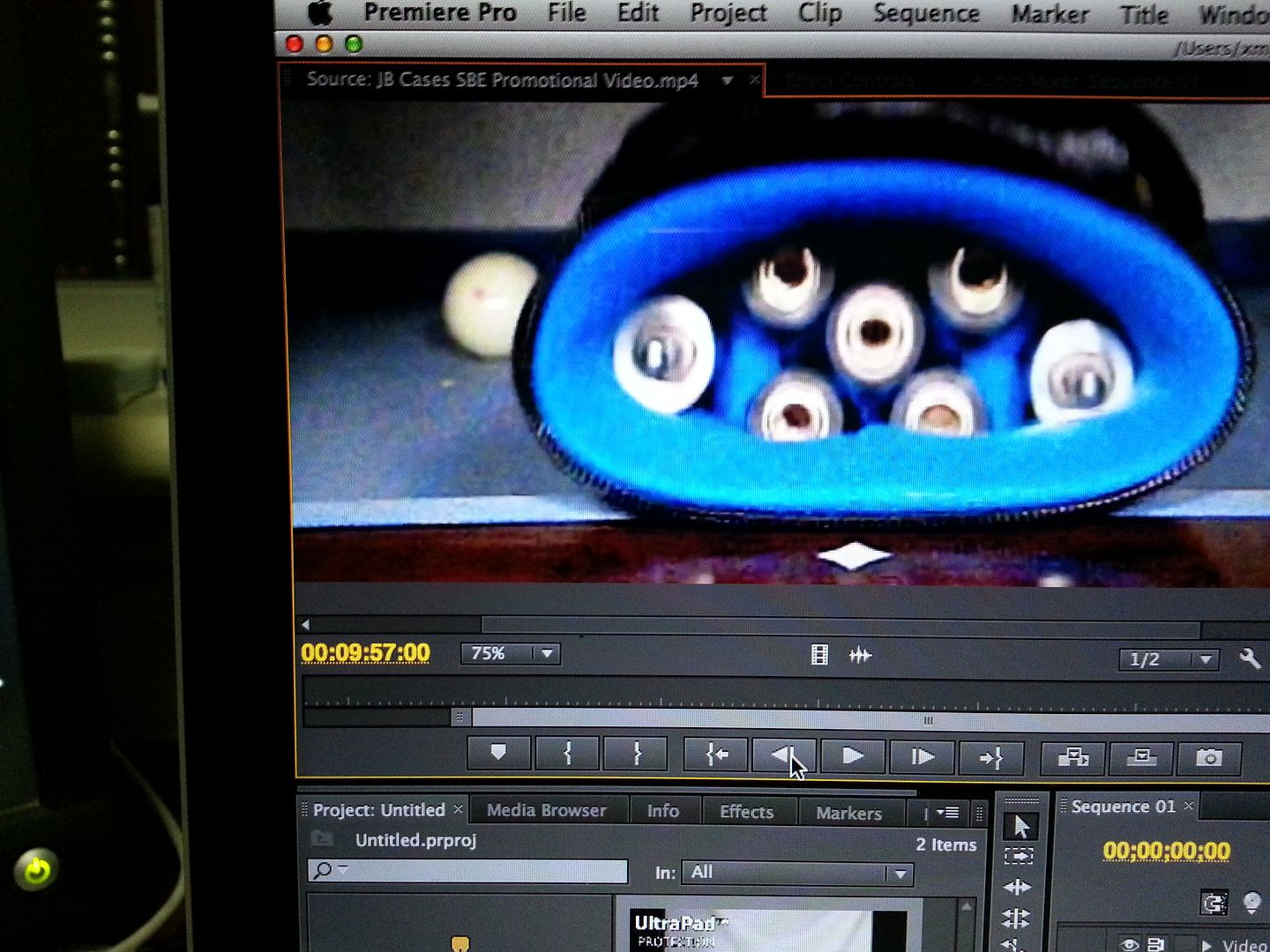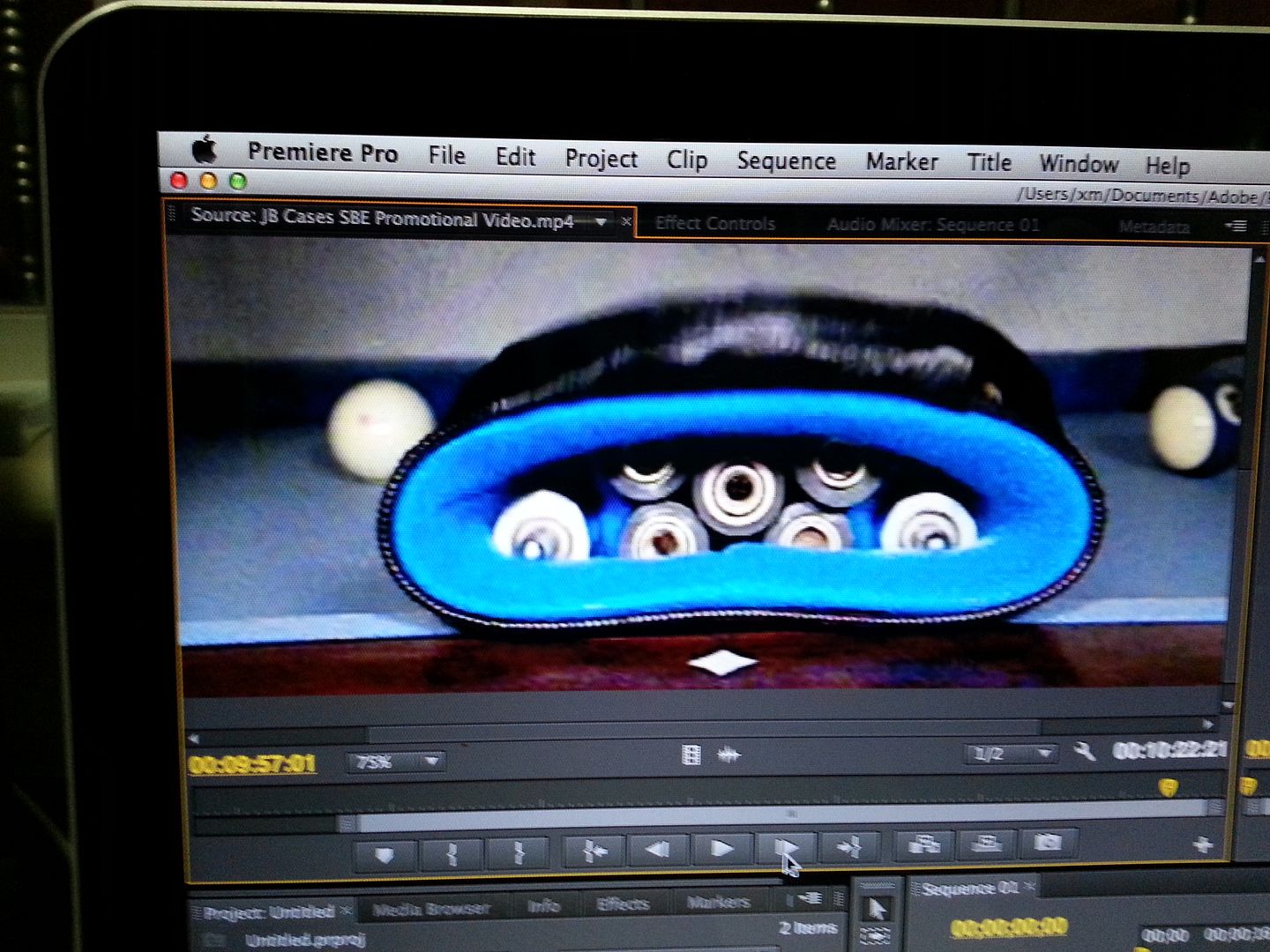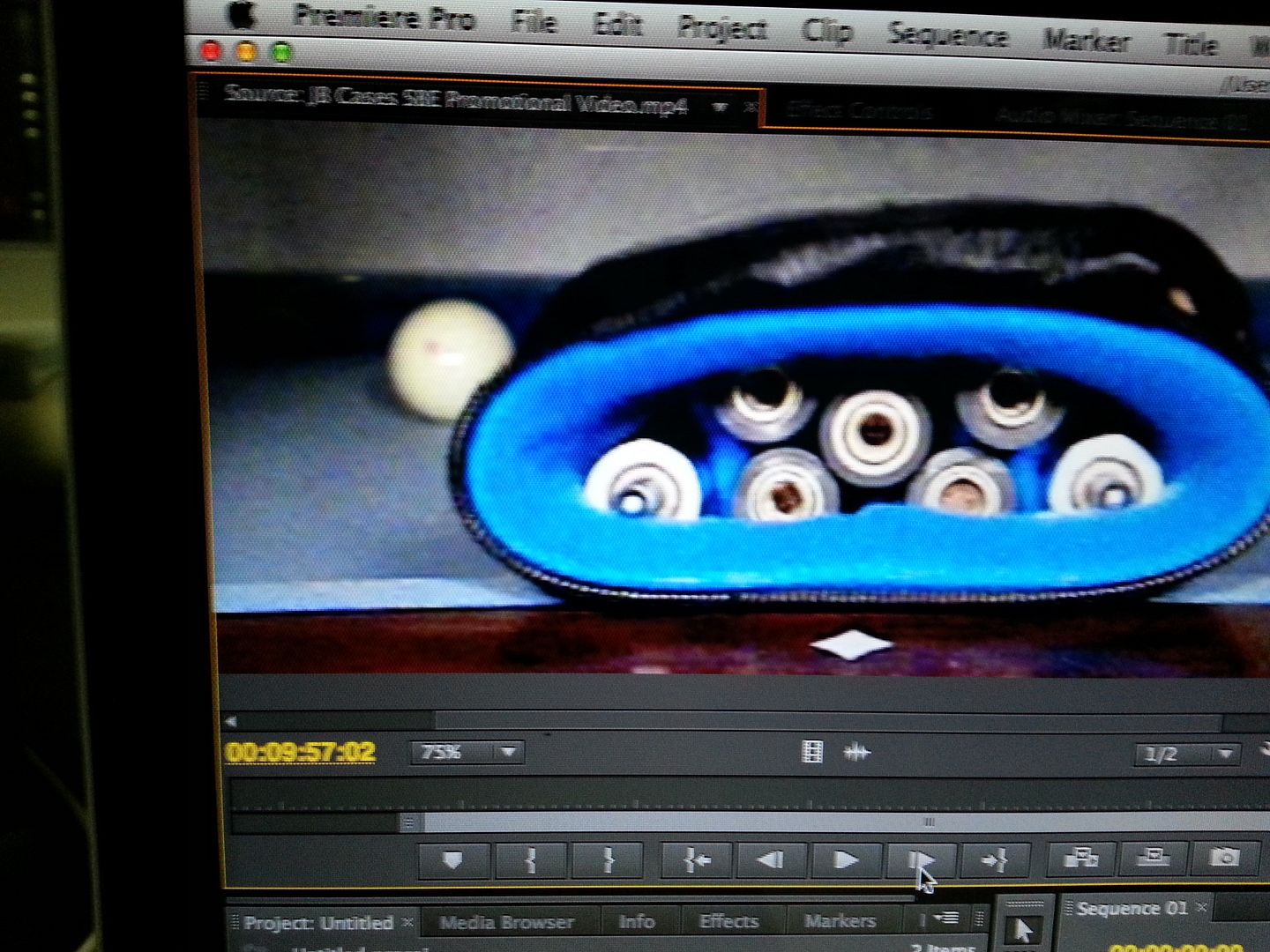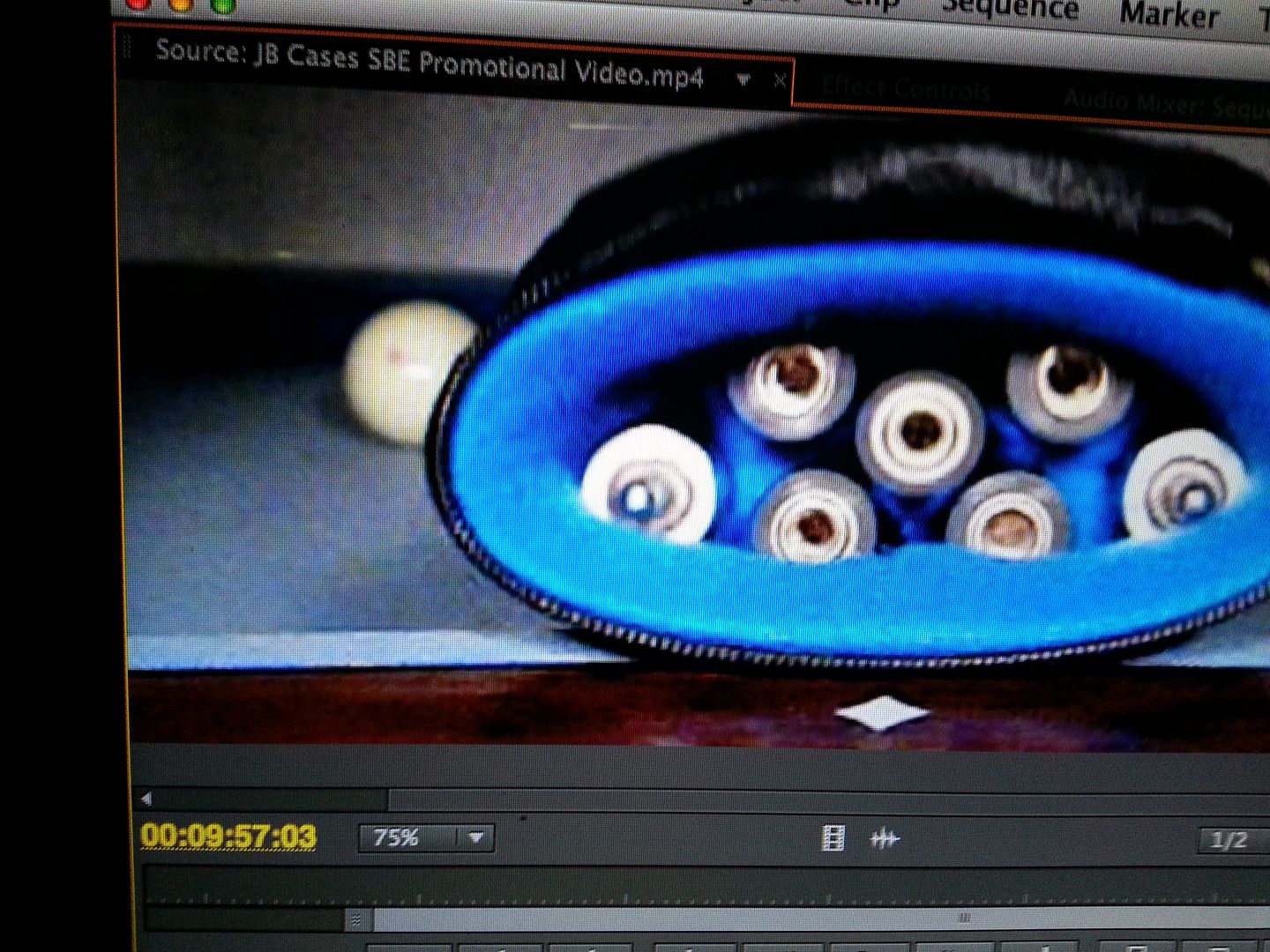You can call me fat, obese whatever.. it shows your character. But I would rather be fat and right, than the alternative.
JV
Skinny? You would rather be fat than skinny?
The point is Joe that you are exasperating. I mean it. You are never willing to discuss anything in a rational and peaceful manner. It always has to be laced with bigotry, innuendo, outright lies, defamatory speculation, hatred, ignorance and hypocrisy.
I just honestly do not understand you. I don't and likely never will.
For me I am just a guy who wants to build a GREAT cue case, inside and out. That is really the bottom line.
I could easily, easily easily easily cash in by building cases with less protection, less effort than we put in.
You think I don't look at Joe Porper, Jack Justis, Guiseppe, QKS, Action, and a whole list of other cases which are way way way way easier to build and don't think that maybe I should sell out and go ahead and do that? Of course I do. I could turn my shop around and go to methods that take a fraction of the time and turn out many more cases. I already know that the public will accept them.
But that's not my way. My way is to try and build something that I feel will protect better, last longer, and be of unmistakable high quality. To that end I am here on this forum talking about quality a lot, what it is, what it is not, why I do this and not that and so on.
I like to have the back and forth discussion with people about this. I use it to get better, we are not stuck on one way to build our cases and running with it even if it's not really that great.
This video that Blake made for me was done in the first place to see with more clarity what is happening to cues when the case is impacted. I have long said that the cues bounce around and oscillate inside the cavities. And in fact I was right as shown on the video.
I have also long thought that padding minimizes the movement and shock and that is of course common sense as anyone who has ever packed a moving box knows. But even at that I was not SURE as to how this would look inside the case. So I had Blake do the video.
Now when the video was done I didn't go through every one of the drop tests frame by frame or I would have seen what you discovered at the 9.57:01 mark.
This is something I hadn't thought would happen and now that I now it can I will correct it to make sure that it can't happen. You on the other hand want to crucify me over it as if you found the smoking gun and me standing over a dead body. That isn't how it works.
The fact is that our cases STILL protect better than Jack's do. The fact is that when a case ALLOWS a lot of excess movement then the cues are subjected to more stress when the case is impacted and in motion than they need to be. That's just simple common sense.
Now, what we don't know is where is the line that the cues can't really be hurt ever with most accidents a cue case can endure.
1. Retention, obviously keeping the cue in the case with no chance to fall out by themselves protects the cues from accidental harm. There are many ways to do this.
2. Excess movement - does it matter if a cue moves back and forth and side to side in a cue case? I guess not so much if the cloth is not abrasive. But in the world of transporting valuable items nearly everyone packs them snugly and reduces movement. So common sense tells you that an item at rest is more secure than one in motion.
3. Impact - does it matter if the cue bangs against the tubes and other parts when the case is impacted or otherwise shaken? Well, I feel like that cues are not meant take lateral hits, they are meant to hit the ball and transfer the energy in a straight line through the tip. To me subjecting them to excess stress by hitting them on the side is probably not that great. I know from my own testing that I CAN break a cue by slamming a case with little to no padding on the ground. That obviously is a lot of force generated and is unusual that the case would endure that level of violence. But what we don't know is just how how much it takes to create fractures and break glue bonds? Could it happen with a simple fall? Would it take one fall or 20 falls?
And of course cues are similarly made but vary widely in the exact construction, one guy uses epoxy and threads all the parts with a very anal binding method to insure all the parts are glued to each as well as humanly possible and another guy isn't so strict about the epoxy mix and slobbers it in with lot's of space in the cavities. You as the buyer can't see any of this, all you see is a finished cue. So both of those cues will react to stress differently. With one of them you could throw it down the stairs a hundred times and never break it and the other one is likely to break the first time it falls over. Most people's cues are built somewhere in the middle of these two extremes.
I don't see what is wrong with being willing to study this and try to protect the cues better. No one wants to have their cue damaged, it's the instrument you use. So why is it such a problem for you that I say one type of interior construction protects better than another type and make videos to show that?
Now you have seized on one result out of 13 demonstrations and said THERE see, THERE the cues touched, it's possible to damage a cue as if that invalidates everything else I have done.
But you stopped on that point and didn't bother to look closer. You didn't analyze the time of impact or what effect the padding had on it. You're just desperate to "get me" somehow and discredit what I do.
But you have never understood what I do. What I do is hope that guys like you come along who criticize and push us to get better. Naturally I hope that they don't do it with the tactics you use but if you do happen to find something that we aren't doing as well as we can then we simply get to work making it better.










